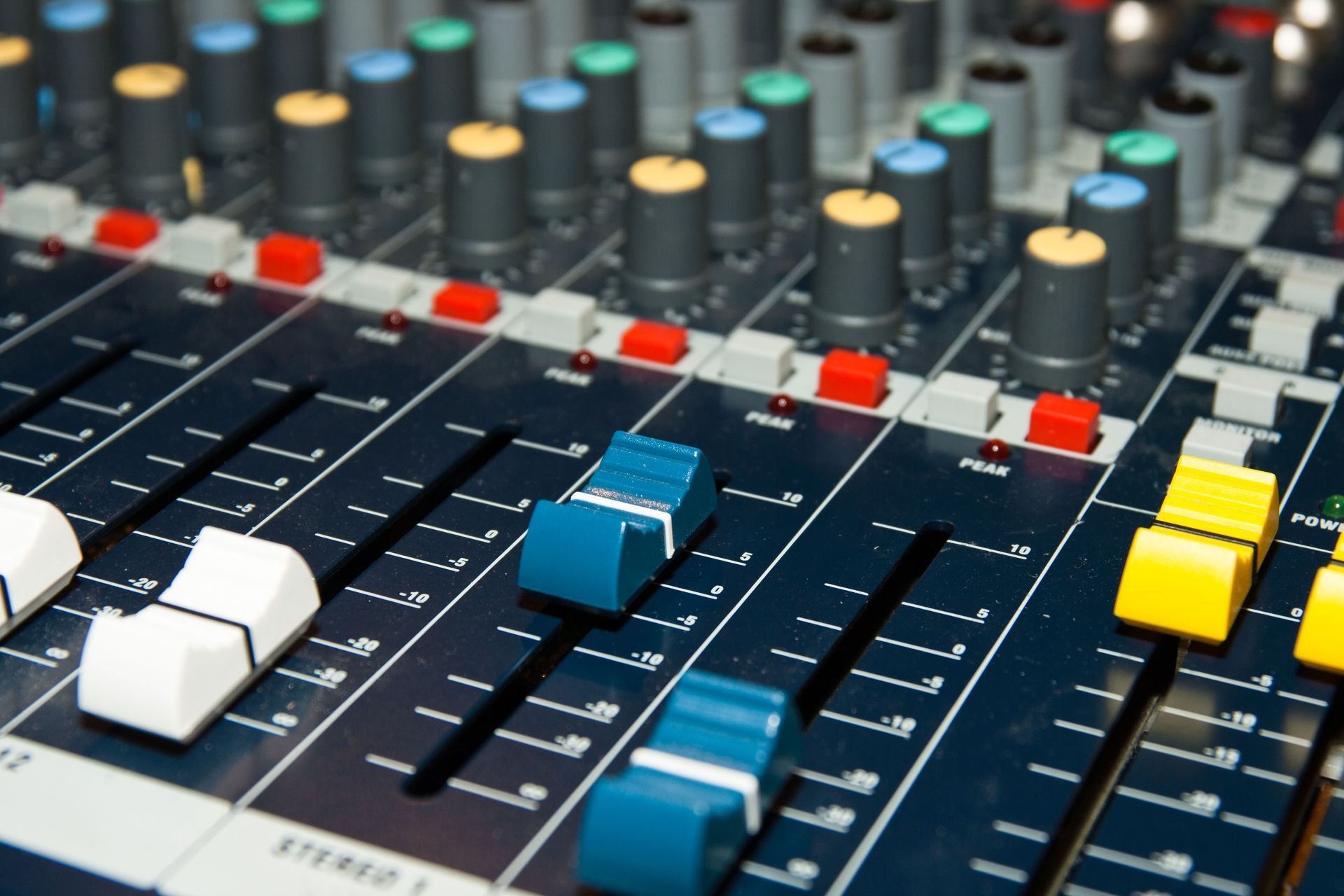Blog Layout
The Basics of Mixing and Mastering: A Comprehensive Guide for Beginners
Introduction:
Mixing and mastering are essential stages in the music production process that help transform raw recordings into polished, professional-sounding tracks. Whether you're an aspiring musician, producer, or audio engineer, understanding the fundamentals of mixing and mastering is crucial for achieving the best possible sound quality. In this comprehensive guide, we'll dive into the basics of mixing and mastering, covering key concepts, techniques, and tools that every beginner should know.

- Understanding the Difference Between Mixing and Mastering:
- Definition and purpose of mixing: Balancing individual tracks, adjusting levels, panning, and applying effects.
- Definition and purpose of mastering: Enhancing the overall sound of a mix, optimizing levels, dynamics, and preparing for distribution.
2. Essential Tools and Equipment:
- Overview of digital audio workstations (DAWs) and their role in the mixing process.
- Key equipment and plugins used in mixing and mastering, such as equalizers, compressors, reverbs, and limiters.
3. Preparing Your Mix:
- Proper organization of tracks and session setup.
- Understanding gain staging and setting appropriate levels.
- Cleaning up audio with editing techniques, such as noise reduction and eliminating unwanted artifacts.
4. Basic Mixing Techniques:
- Balancing the elements: Achieving a cohesive and well-defined mix.
- Using EQ to shape the sound: Understanding frequency ranges and addressing tonal imbalances.
- Utilizing compression for dynamics control: Controlling peaks and adding consistency to the mix.
5. Adding Depth and Dimension:
- Creating stereo width through panning and stereo imaging techniques.
- Utilizing reverb and delay to add space and depth to individual tracks and the overall mix.
6. The Art of Automation:
- Understanding automation and its role in adding movement and dynamics to a mix.
- Techniques for automating volume, panning, and effect parameters.
7. Mastering Essentials:
- Mastering chain overview: EQ, compression, limiting, and dithering.
- Optimizing levels for different playback systems and platforms.
- Preparing the final mix for distribution, such as CD, streaming platforms, and vinyl.
8. Developing Your Listening Skills:
- The importance of critical listening and training your ears.
- Tips for identifying and addressing common mixing and mastering issues.
Conclusion:
By grasping the basics of mixing and mastering, you'll be equipped with the knowledge and skills to enhance your music productions. Remember, practice and experimentation are key to developing your own unique style and achieving professional results. Stay open to learning and continue to refine your techniques as you embark on your journey into the exciting world of mixing and mastering.
serving Area
Services Offered Worldwide
Business Hours
Call or Text for Information
Hi. Do you need any help?
Privacy Policy
| Do Not Share My Information
| Conditions of Use
| Notice and Take Down Policy
| Website Accessibility Policy
© 2024
The content on this website is owned by us and our licensors. Do not copy any content (including images) without our consent.




Share On: